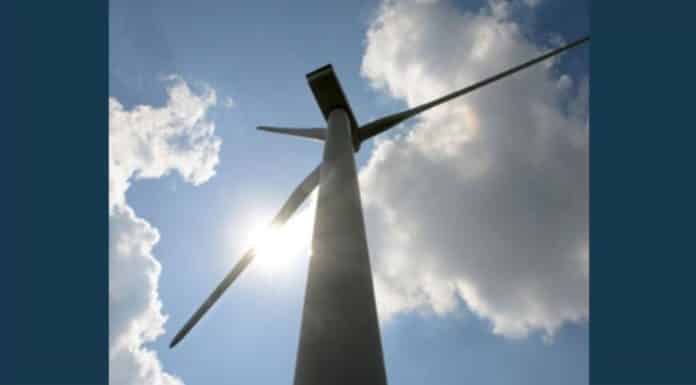
March 29 (UPI) — The Biden administration on Monday launched an ambitious program to greatly boost the development of offshore wind power in the United States, initially focusing on the Eastern Seaboard.
Interior Secretary Deb Haaland, national climate adviser Gina McCarthy, Energy Secretary Jennifer Granholm and other administration officials said the plan calls for deploying 30 gigawatts of offshore wind power across the country by 2030.
The United States currently has only 28 megawatts of capacity and one functioning offshore wind farm.
Reaching the goals will create more than $12 billion annually in capital investment along both U.S. coasts and create tens of thousands of jobs in the industry and in spin-off areas, the officials estimate.
Additionally, the plan says the efforts will prevent nearly 80 million metric tons of carbon dioxide emissions, create close to 50,000 direct jobs in the offshore wind sector and 33,000 indirect jobs.
“President Biden has declared very clearly that when he thinks of climate, he thinks of people and jobs — good-paying, union jobs,” McCarthy said in a statement issued by the White House.
“This offshore wind goal is proof of our commitment to using American ingenuity and might to invest in our nation, advance our own energy security, and combat the climate crisis,” added Granholm.
Under the measures announced Monday, the Interior Department unveiled a new priority wind energy leasing area in the New York Bight — a swath of shallow waters in the Atlantic Ocean between Long Island and the New Jersey coast — which a recent study showed could support up to 25,000 development and construction early in the 2030s.
The administration also said it has launched the environmental permitting process for the proposed 1,110-megawatt Ocean Wind offshore farm — which, if built, would be located 15 miles off the southern New Jersey shore and provide enough power for 500,000 homes in the state.
The Interior Department earlier this year began environmental reviews for the proposed Vineyard Wind farm in Massachusetts and the South Fork in Rhode Island, with up to ten additional projects to be considered later in 2021.





